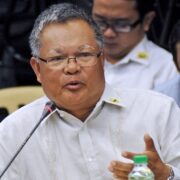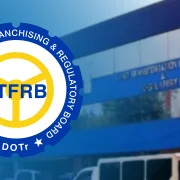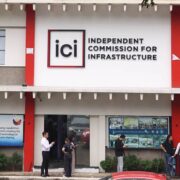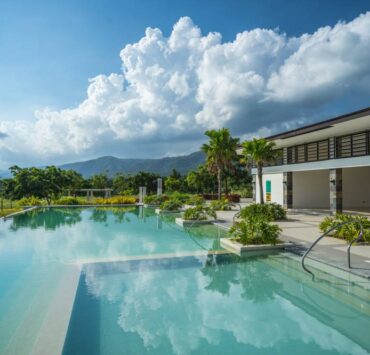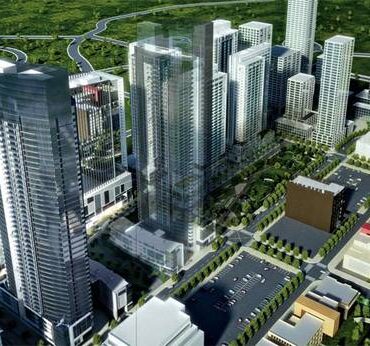Redefining real estate in the Philippines: What occupiers really want
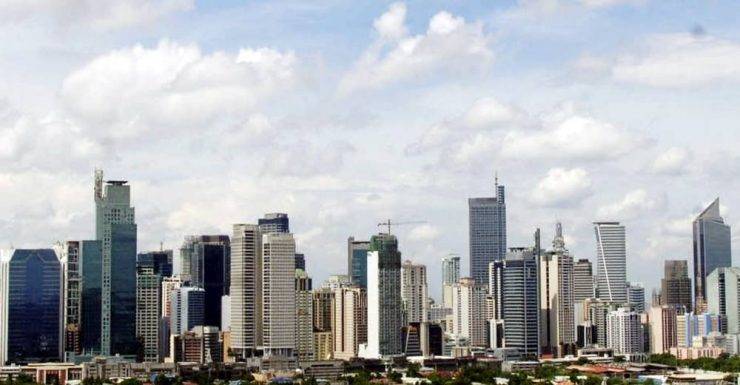
(Conclusion)
The Philippine real estate sector stands at a critical juncture, caught between lingering challenges and emerging opportunities.
With average office vacancy rates anticipated to hover at around 16 to 17 percent by end 2025, how can corporations, investors, and developers recalibrate their strategies to align with evolving occupier demands while ensuring sustainable growth?
To chart a path forward, we must examine the underlying trends, challenges, and opportunities shaping occupier demand today.
Challenges
High vacancy rates, particularly in the office sector, reflect a structural shift in real estate demand and an urgency to fill the void left by the exodus of the Philippine offshore gaming operators (POGOs). With over 2 million sqm of office space now empty, the fallout has been significant.
The shift toward remote work and hybrid office arrangements moderates immediate demand for traditional office spaces, even as businesses explore more flexible alternatives.
Lower inflation and interest rates are poised to stimulate business expansion, while the Philippine employment rate’s year-on-year improvement to 95.7 percent in January 2025 underscores job creation in key sectors like construction, manufacturing, and logistics.
However, challenges persist. Real estate pricing mechanisms often exclude domestic demand. The market also faces risks associated with short term capital flows, posing financial vulnerabilities to stakeholders.
Layered onto these issues are mismatches in workforce skills, concerns about job quality, and the uncertain impact of digitalization on job security.
Key drivers
But there remains a silver lining. Demand drivers that retained their resilience offer a roadmap for a more sustainable future.
Global capability centers. The rise of GCCs presents one of the brightest prospects for the Philippine office market. A global leader in outsourcing, the Philippines is uniquely positioned to take on GCCs, which align perfectly with the local workforce’s strengths, from its English-speaking talent pool to its cultural compatibility with Western firms.
To maximize its competitiveness in this field, the Philippines must invest in upskilling and reskilling its workforce.
Evolving preferences for flexibility. The global shift to remote work has not eliminated the need for offices, but has led to the rise of flexible work environments. Coworking spaces, serviced offices, and hybrid setups continue to gain popularity as occupiers look for agility in leases, cutting-edge amenities, and collaborative environments.
Infrastructure. The Philippine government is also taking steps to stimulate demand through substantial infrastructure investment. Improved infrastructure will enhance connectivity within and between urban centers, driving demand for both office and mixed-use developments.
Sectoral resilience and diversification. Some subsectors demonstrate remarkable durability against economic uncertainties.
Luxury residential developments remain desirable, attracting high-income foreign investors and expatriates. Logistics continues to grow due to the rise of e-commerce and resilient supply chain demands. Tourism and experiential retail benefit from the ongoing recovery of leisure activities, further spurring interest in mixed-use developments.
Addressing future needs
The future of real estate in the Philippines will depend on collaboration and innovation to overcome market mismatches and address prominent challenges. Here are a few targeted strategies.
Proactive planning. Real estate supply often lags behind rapidly changing consumer demand. Developers must adopt data-driven strategies to anticipate occupier behaviors and demographic changes. Technological advancements, such as smart building technologies and sustainable energy solutions, should be integrated to create future-ready developments.
Enhancing domestic demand while remaining globally competitive. Policymakers should ensure that development benefits not just global stakeholders but also domestic occupational requirements. Introducing incentives for local businesses occupying spaces or offering tiered pricing options may help address this issue.
New opportunities abound in key growth areas outside Metro Manila such as Laguna, Batangas, Cavite, Bulacan, Pampanga, Rizal, Metro Cebu, Metro Davao, Metro Cagayan de Oro, Metro Iloilo and Metro Bacolod.
Strengthening oversight for financial stability. High levels of short term capital and speculative investments have historically weakened real estate markets globally. Active policy systems to detect and deter fraudulent activities and unstable financial inflows are essential to protect the Philippine sector from similar vulnerabilities.
Final thoughts
The Philippine real estate market is at a crossroads, but its potential as a driver of economic progress cannot be underestimated. With targeted efforts, the market can secure its position as a leader in the new real estate paradigm.
This is not just a transformation of buildings and office spaces. It’s a transformation of how we work, live, and engage with our environment.

The author is the director and head of Research, Consulting and Advisory Services of Cushman & Wakefield





